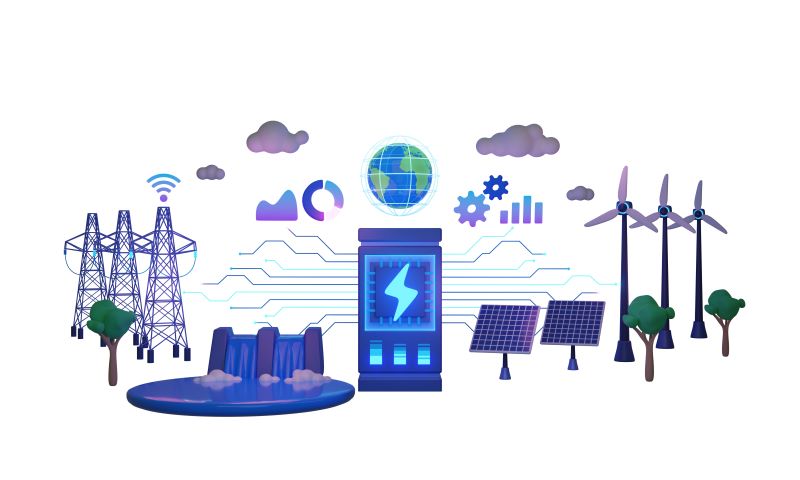
Goals & Issue Summaries
Goals
Recommend policies on issues concerning utilities and commerce, including electricity, telecommunications, commercial transactions, corporate governance, economic stimulus and development.
Major Victories
Prevented increased fuel costs from an arbitrary petroleum use cutback proposed in 2015 (SB 350).
Stopped legislation in 2015 that limited in-state energy development (AB 356 and AB 1490).
Kept lid on fuel costs in 2014 by stopping plan to levy an oil severance tax (SB 1017) and to place a carbon tax on gasoline at the pump (SB 1156).
Stopped proposals in 2013 leading to fuel and gas price increases due to moratoriums on hydraulic fracturing (AB 1301, AB 1323) or an oil and gas severance tax discouraging production in the state (SB 241).
Stopped proposals in 2012 leading to fuel price increases, including two that increased energy costs by allocating funds from an illegal tax to various programs that are not needed to cost-effectively implement the market-based trading mechanism under AB 32, the state’s landmark climate change law.
Supported legislation in 2012 streamlining projects converting from solar thermal to photovoltaic technology (AB 1073).
Preventing electricity cost increases by stopping in 2011 an eight-year extension of a tax (public goods charge) on electricity ratepayers in the territories of the investor-owned utilities (AB 724, SBX 1 28).
Aggressive campaigning and advocacy by CalChamber-led coalitions dampened enthusiasm for tax increases and new taxes, including an energy tax that raises the price of gasoline and California-produced crude oil.
Related Issue Pages:

Recent News
Energy Bills
Policy Contact
 Jon Kendrick
Jon Kendrick
Policy Advocate
Energy, Climate, Transportation



